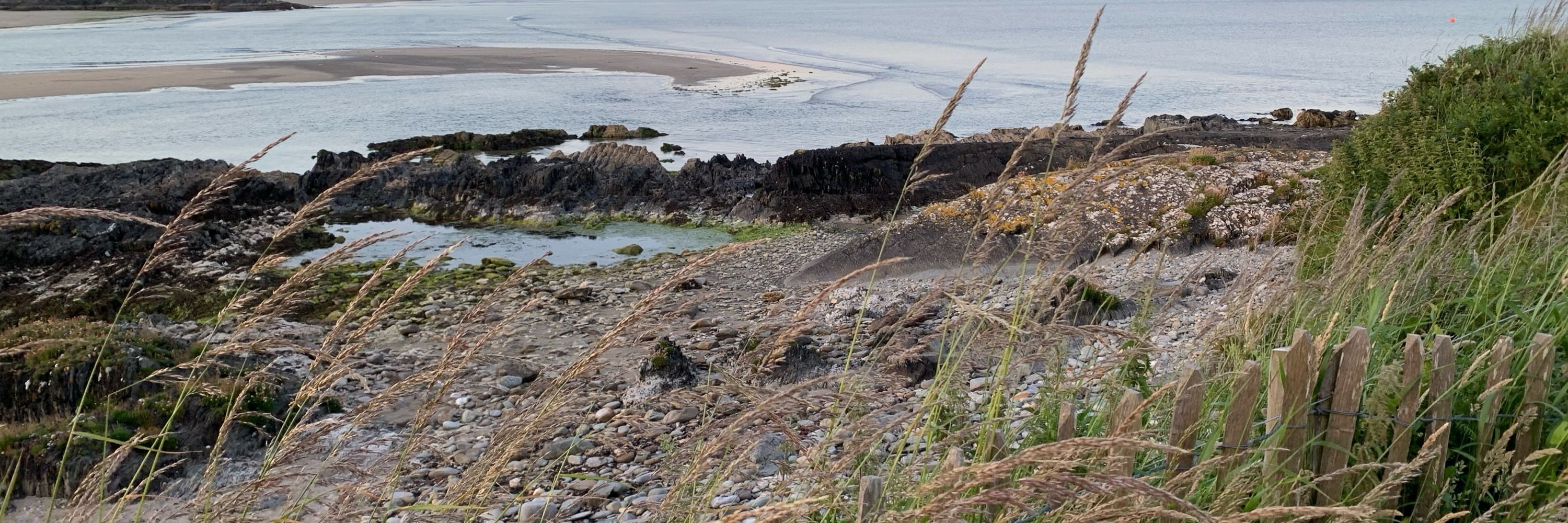John O’Donoghue
@drjohnodonoghue.bsky.social
3.2K followers
1.7K following
220 posts
Chemistry Educator, Researcher & Author at Trinity College Dublin (TCD) | RSC Education Coordinator | New book out now: Onscreen Chemistry https://books.rsc.org/books/monograph/2272/Onscreen-ChemistryThe-Portrayal-of-Chemical | Views my own
Posts
Media
Videos
Starter Packs
Reposted by John O’Donoghue
Reposted by John O’Donoghue
Reposted by John O’Donoghue
Reposted by John O’Donoghue
Reposted by John O’Donoghue




























